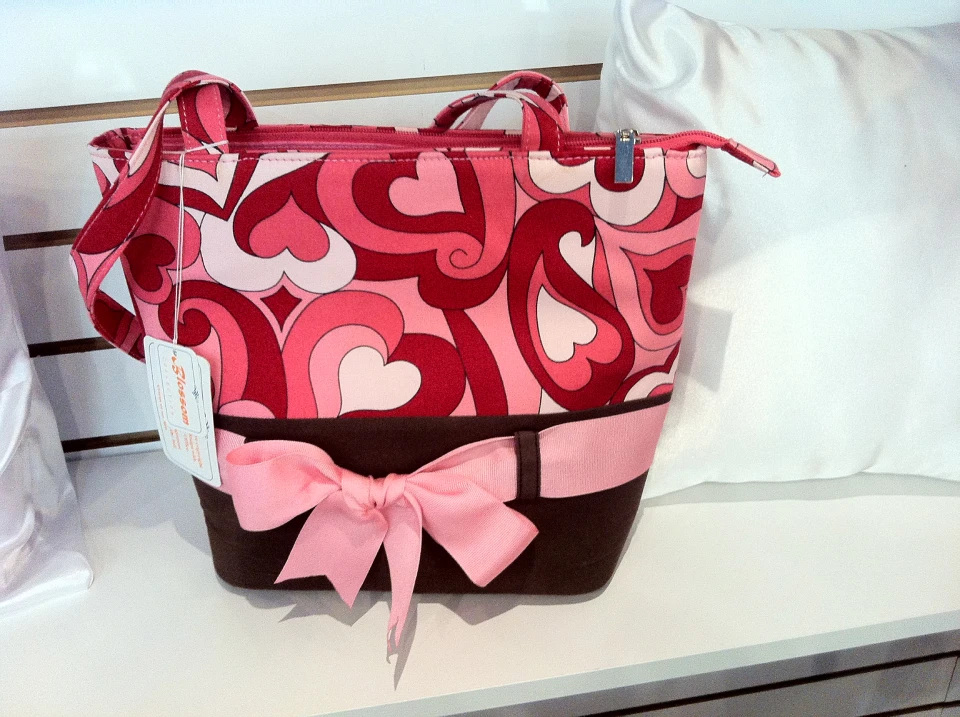Specialist Screen Printing Services for T-Shirts, Aprons, and A lot more
Specialist Screen Printing Services for T-Shirts, Aprons, and A lot more
Blog Article
The Art of Custom-made Embroidery: Unlocking the Secrets to Creating Distinct and Remarkable Layouts
The secrets to producing custom-made embroidery styles that mesmerize the eye and leave a lasting impression lie in a delicate equilibrium of technique, creativity, and focus to information. As we dive into the world of personalized needlework, we discover the nuanced interplay in between thread selection, stitch complexity, and design customization that boosts a mere garment to a work of art.
Picking the Right Embroidery Threads
When picking needlework strings, what vital elements should you consider to make certain the best results for your custom layouts? The choice of needlework string is crucial in determining the final result of your embroidered layout. Among the key considerations is the product of the string. Various products such as cotton, polyester, rayon, and silk supply differing degrees of shine, sturdiness, and appearance. It is necessary to pick a thread product that enhances the material you are embroidering on and lines up with the desired appearance of the style.
Thicker threads can include dimension and appearance to your design, while finer threads are ideal for elaborate details and small text. In addition, thinking about the shade fastness and washability of the thread is critical to make certain that your custom designs preserve their high quality and vibrancy over time.
Discovering Various Stitch Strategies
To dig right into the world of 'Exploring Different Stitch Methods', one need to understand the intricacies and subtleties that each sewing method brings to the art of embroidery. Various stitch strategies not only add visual passion yet additionally contribute to the total texture and measurement of the design. One popular stitch strategy is the satin stitch, which involves closely jam-packed parallel stitches to create a smooth and glossy surface, suitable for completing forms and developing strong lays out.
On the other hand, the backstitch is a flexible technique often made use of for outlining and including great information. It entails stitching in reverse to create a strong line of needlework. In addition, the French knot stitch adds a responsive aspect to designs, best for developing distinctive accents like flower centers or attractive touches.
Discovering various stitch strategies permits embroiderers to play with light, darkness, and depth within their styles, elevating the visual allure and artistic quality of their needlework tasks. By mastering different stitching methods, one can open unlimited opportunities for creating one-of-a-kind and remarkable custom-made embroidery items.
Incorporating Personalized Layout Components
Having explored the complexities of various stitch strategies such as the satin stitch, backstitch, and French knot, the focus now shifts towards including customized design elements in custom-made needlework projects. Individualized layout components play a critical duty in making needlework tasks really unique and unforgettable.
Another means to incorporate tailored style elements is by consisting of symbols or themes that hold unique definition to the recipient or show their interests and individuality. As an example, including a preferred blossom, animal, or hobby-related icon can make the needlework design more meaningful and individualized. Additionally, selecting colors that resonate with the recipient or align with the desired theme can additionally enhance the customization of the embroidery task.
Mastering the Art of Color Coordination

One trick facet of shade sychronisation is recognizing color concept. This consists of recognizing exactly how different shades communicate with each other, the emotions they share, and exactly how they can be incorporated to produce visually appealing styles. By applying shade theory principles, embroiderers can produce harmonious color schemes that improve the general appearance of the design.
In addition, paying focus to contrast is essential in color sychronisation. Utilizing contrasting colors can aid certain components of the layout pop, enhance readability, and develop a visually dynamic embroidery item. By understanding the art of color coordination, embroiderers can raise their designs and develop remarkable pieces that reverberate with clients and customers alike.
Enhancing Structure With Advanced Needlework Stitches

French knots, for instance, are best for including little, increased dots to your layout, imitating the look of grains or producing a textured surface. Bullion knots, on the other hand, can be made use of to develop twisted, ropelike elements that add a lavish feel to the embroidery. Seed stitching includes small, scattered stitches that can complete areas with a speckled structure, while turkey job develops cosy, dimensional accents evocative animal hair or foliage. Trying out these advanced embroidery stitches enables you to press the borders of conventional needlework and create genuinely distinct and visually attractive appearances in your layouts.
Verdict
Finally, the art of personalized embroidery involves a combination of picking the best threads, checking out various stitch methods, including customized layout elements, mastering color sychronisation, and boosting appearance with sophisticated stitches. By understanding and applying these crucial elements, embroiderers can create unique and memorable layouts that display their imagination and skill. Needlework fanatics can open the secrets to creating attractive and custom pieces use this link that stand out and leave a lasting perception.
Report this page